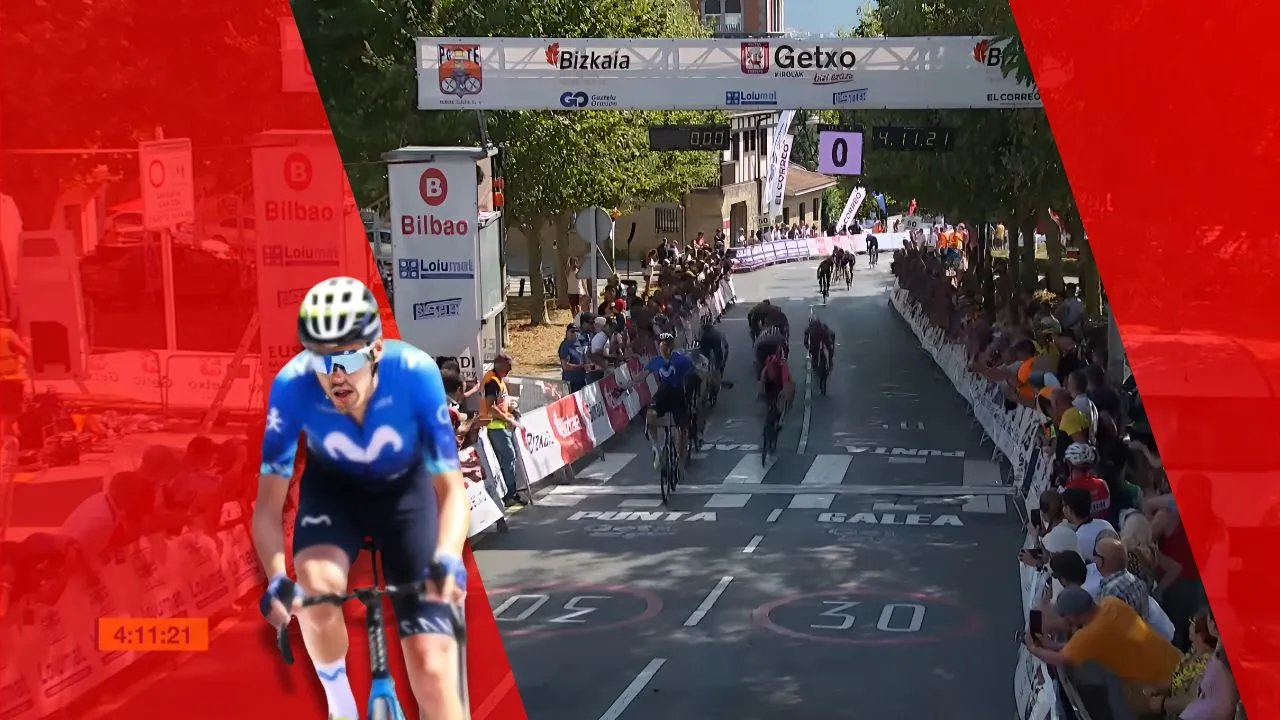Understanding Bike Gears: A Complete Guide for Cyclists

The Importance of Knowing Your Bike Gears
Knowing how the gears on your bike work is crucial for any cyclist, whether you’re a weekend warrior, a daily commuter, or a competitive racer.
Understanding your bike’s gearing system helps you choose the right gear for the terrain, maintain a comfortable pedaling cadence, and improve your overall riding efficiency.
This guide will cover everything from basic gearing concepts to advanced setups used in road, gravel, and mountain biking.
How Do Gears on a Bike Work? The Basics
The number of gears on a bike is determined by multiplying the number of chainrings at the front by the number of sprockets in the cassette at the rear. For example:
| Front Chainrings | Rear Sprockets | Total Gears |
|---|---|---|
| 2 | 12 | 24 |
| 2 | 11 | 22 |
| 3 | 8 | 24 |
Gears help maintain a consistent pedaling speed, known as cadence, regardless of terrain. A higher gear is suitable for descents and high-speed flats, while lower gears make climbing easier by allowing you to maintain a steady cadence even on steep inclines.
Types of Bike Gears: A Breakdown
Different bikes use different gear setups based on the type of riding they are intended for. Below is a comparison of popular gear setups and their typical uses:
| Gear Type | Description | Ideal For | Pros | Cons |
|---|---|---|---|---|
| Standard Double | 2 chainrings (e.g., 53/39T), 9-12 sprockets | Racing, fast road riding | High top-end speed | Limited low-end gearing options |
| Compact Double | Smaller 2 chainrings (e.g., 50/34T) | Recreational, long-distance | Easier climbing, adequate speed | Slightly less high-speed gearing |
| Semi-Compact | Mid-size chainrings (e.g., 52/36T) | Versatile road biking | Balance of speed and climbing | Less specialized than standard or compact |
| Triple | 3 chainrings | Touring, loaded cycling | Wide range, low climbing gears | Heavier, more complex setup |
| 1x (Single Ring) | 1 chainring, 11-13-speed cassette | Gravel, cyclocross, MTB | Simplicity, low maintenance | Fewer gear options, bigger gaps |
| Hub Gears | Internal gear hub (e.g., 7-14 gears) | Commuting, utility bikes | Low maintenance, durable | Heavier, limited gear range |
Choosing the Right Gear Set-Up
Selecting the right gear setup depends on your riding style and terrain. Here’s a more detailed look
Road Biking (Standard Double, Compact, Semi-Compact)
- Standard Double (53/39T): Best for high-speed racing where top-end speed is crucial. Offers the largest chainring sizes, ideal for flat and descending terrains.
- Compact Double (50/34T): Preferred by recreational riders and those tackling steep climbs. The smaller chainrings make climbing easier without sacrificing too much on flat terrain speed.
- Semi-Compact (52/36T): A versatile choice for riders who want a balance of climbing ability and speed. It’s a common setup for race-oriented bikes.
Gravel and Cyclocross (1x Set-Up)
- 1x Set-Up (e.g., 40T chainring with 11-42 cassette): Popular among gravel and cyclocross riders for its simplicity and durability. Eliminates the need for a front derailleur, reducing mechanical issues and making the bike lighter.
Mountain Biking (1x Set-Up)
- 1x with wide-range cassette (e.g., 10-50T): Provides a wide gear range to handle steep climbs and technical descents. The lack of a front derailleur reduces the chance of mechanical failure.
Commuting and Urban Riding (Hub Gears)
- Internal Hub Gears (e.g., 8-speed): Ideal for city riding where low maintenance and reliability are more important than a wide gear range. Allows shifting at a standstill, which is practical for stop-and-go traffic.
Advanced Gear Systems: Electric Shifting and Hub Gears
Electronic Shifting (Shimano Di2, SRAM eTap, Campagnolo EPS)
- Offers precise, effortless shifting. Ideal for competitive riders who demand the best performance. Some systems allow for customizable shifting patterns and synchronized shifting.
Hub Gears (Rohloff, Shimano Alfine)
- Encased gears provide excellent protection from the elements, making them long-lasting and requiring minimal maintenance. Ideal for commuters and long-distance tourers who prefer reliability over performance.
Choosing the Right Number of Speeds
The decision between a 10, 11, 12, or even 13-speed groupset can depend on the type of riding you do and personal preference. More speeds generally mean:
- Smoother Shifting: Smaller gaps between gears allow for finer control over cadence and speed.
- More Versatility: A wider range of gears can handle a variety of terrains, from steep climbs to fast descents.
- Increased Weight: More gears and a wider cassette can add weight to your bike, although advancements in technology have minimized this drawback.
| Groupset Type | Typical Number of Gears | Ideal For | Notable Brands |
|---|---|---|---|
| Road | 11-12 | Racing, high-speed riding | Shimano, SRAM, Campagnolo |
| Gravel | 11-13 | Mixed terrain, long-distance | SRAM, Shimano |
| Mountain | 11-13 | Off-road, steep climbs | SRAM, Shimano |
| Commuting | 7-14 (Hub gears) | Urban, low-maintenance riding | Rohloff, Shimano |
Practical Tips for Gear Selection
- Match Your Cadence: Aim to maintain a consistent cadence (typically 70-100 RPM) regardless of terrain. Adjust your gears to keep your pedaling smooth and efficient.
- Use High Gears on Flats and Descents: High gears (large front chainring and small rear sprocket) allow for fast speeds on flat roads and descents.
- Shift to Low Gears Before Climbing: Anticipate changes in terrain and shift to lower gears (small front chainring and large rear sprocket) before you start climbing to maintain momentum.
- Avoid Cross-Chaining: This occurs when using the largest front chainring with the largest rear sprocket or vice versa. It can cause extra wear on the drivetrain and reduce efficiency.
Conclusion: Gear Up for Success
Understanding and choosing the right bike gear setup is crucial for maximizing your cycling experience.
Whether you prefer the high-speed efficiency of a standard double, the climbing ease of a compact, or the simplicity of a 1x setup, the key is to find what suits your riding style and the terrain you’ll be facing.
Experiment with different configurations and take the time to fine-tune your gearing to match your preferences. Happy riding!
More from Let’s Read News Cycling:






